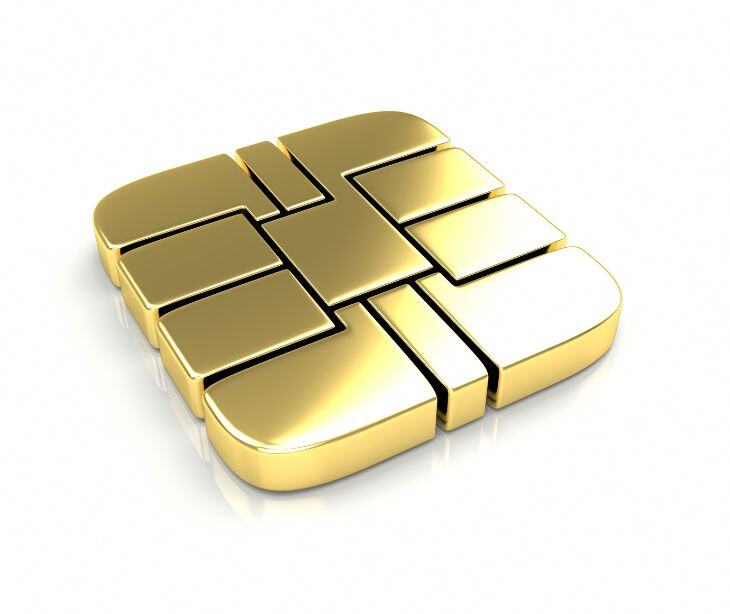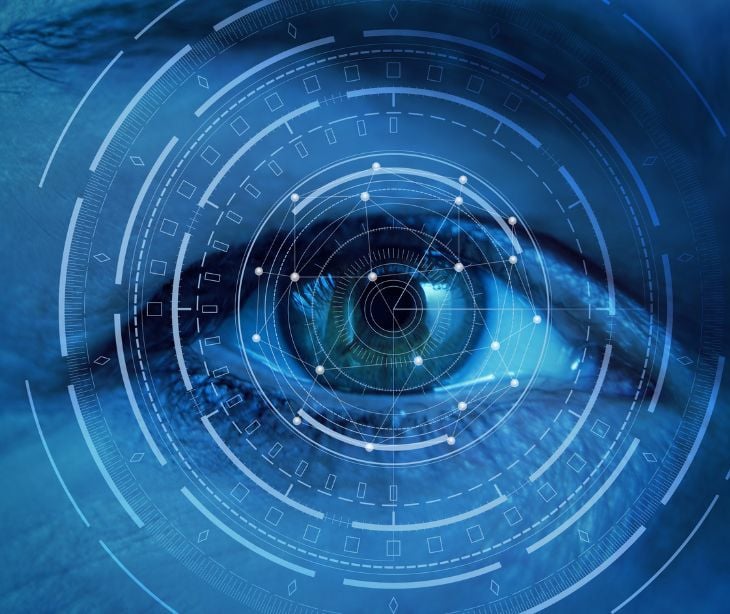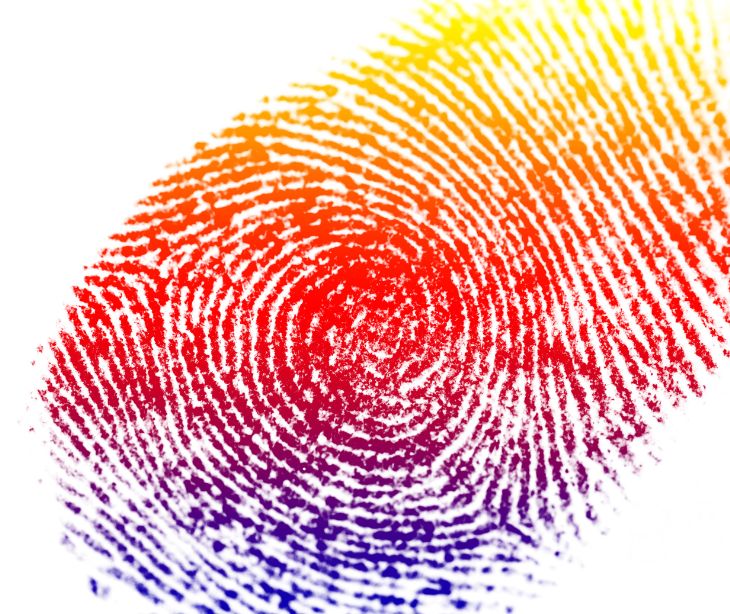3 min read
The pros and cons of using smart cards to access to patient records
Kirsten Peremore
June 19, 2024

Using smart cards to authenticate access to patient records has its share of pros and cons. On the one hand, physical security authentication provides staff with a method of securely accessing patient records. Naturally, this benefit comes with its fair share of cons, as the use of smart cards also introduces a high risk of theft.
How do smart cards work?
A study by Neame Roderick published in BMJ provided, “...a smart card is a miniature computer without a keyboard or screen. The reading system supplies power to the computer chip on the card, which can then communicate with the reader and process data according to its own software programs stored on the card. The card software is installed at the time of manufacture and cannot be altered thereafter.”
Smart cards, which are compact, wallet-sized cards embedded with integrated circuit chips, act as a security and data management tool in healthcare settings. These powerful tools store patient information, from medical histories to drug allergies, which can be swiftly accessed by healthcare providers. This quick access not only speeds up the decision-making process but also enhances the accuracy of diagnoses and treatments.
They also improve the billing process and fortify security protocols, making unauthorized access to medical facilities more challenging. Despite their many benefits, the ubiquitous adoption of smart cards across healthcare systems also raises questions about privacy and the potential for technological failures. While they reduce errors and healthcare fraud, the reliance on digital data storage and management necessitates safeguards to protect sensitive patient information against cyber threats.
The pros of applying smart cards
- Smart cards can incorporate biometric data, such as fingerprints or retinal scans, to authenticate the identity of patients and healthcare providers. This advanced level of security is particularly beneficial in high-risk areas like psychiatric wards, newborn units, and pharmacies handling controlled substances.
- For healthcare organizations operating mobile clinics in remote or underserved areas, smart cards provide a portable, offline-compatible method of accessing patient records.
- Smart cards can store detailed patient drug histories and allergies. The feature supports healthcare providers in administering medication safely, particularly in emergency situations or when dealing with patients who are unconscious or unable to communicate their medical history.
- It provides a means for secure data exchange and authentication, smart cards facilitate the decentralization of healthcare services. They enable patients to receive consistent care at various points of service, from primary care to specialist services, without repetitive documentation.
- With smart cards, the administrative costs associated with patient management can be reduced. They eliminate the need for paper-based records and reduce the time staff spend on verifying patient information and processing documents.
- For chronic disease management, smart cards can be linked to home monitoring devices that record vital health metrics. These metrics can be updated on the card and reviewed by healthcare providers during patient visits, allowing for more dynamic adjustments to treatment plans.
See also: Basics of the blockchain in healthcare
The cons of using smart cards and the alternatives
- Smart cards, though secure, are not immune to sophisticated cyberattacks. If a smart card is cloned or the cryptographic keys are compromised, unauthorized access to PHI can occur.
- The encryption technologies used to protect protected health information (PHI) on smart cards can be complex and require specialized knowledge to implement and manage. Any misconfiguration or outdated encryption standards can weaken the security measures, making the PHI susceptible to breaches.
- The physical nature of smart cards makes them susceptible to damage and loss.
- Managing access control on smart cards can be challenging, especially in large healthcare organizations with multiple access points and varying levels of user privileges. The cost of deploying smart card readers and maintaining up-to-date technology can be prohibitive, particularly for smaller healthcare facilities. These costs include not just the hardware and software, but also ongoing expenses related to security updates and compliance audits.
- The effectiveness of smart cards heavily depends on proper handling by the users. Extensive training is required for all healthcare staff to ensure they understand how to use and protect smart cards.
- Healthcare delivery can be delayed if a patient forgets or loses their smart card, as accessing their PHI might not be possible without it. This dependence on a physical token can be a drawback in emergency situations where immediate access to medical history is necessary.
The alternatives
Biometric authentication breathes new life into healthcare security and offers an alternative to traditional smart cards. This method leverages unique physical characteristics—think fingerprints, facial patterns, or even the unique pattern of an iris—to ensure that the person accessing sensitive medical information is exactly who they claim to be.
This system is not as susceptible to theft or duplication, unlike smart cards that can get lost or be forged, but it also streamlines the entire access process. This allows healthcare professionals to swiftly move through security checks with just a quick scan of their face or a touch of a finger.
Subscribe to Paubox Weekly
Every Friday we'll bring you the most important news from Paubox. Our aim is to make you smarter, faster.



